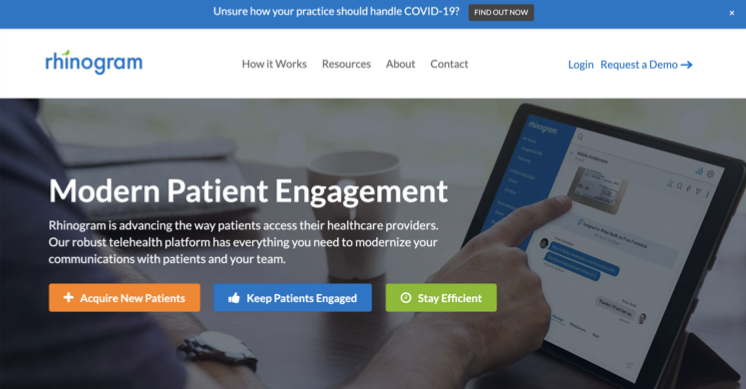It is reported that the healthcare industry collectively spends $30 billion on marketing each year. Most chiropractors spend about $15,000 pr year- so that means we need to be creative with our approach!
It is not always easy to explain complex medical and chiropractic concepts to the public using traditional marketing techniques.
Read on as we explain the best ways to leverage healthcare market research for the benefit of your practice.
Conversational Marketing
Many experts have begun to dismiss traditional marketing methods as too one-sided.
They claim that the idea of broadcasting a carefully tailored message from a billboard or television is borderline propagandistic.
They suggest treating marketing as a conversation. The idea is that you communicate with potential patients as if they were sitting before you.
This approach fosters trust and respect. When dealing with healthcare products, this is especially important.
People with medical issues need to believe what you tell them. They also need to believe that you care about them and that you're not just trying to line your pockets.
If you can use research findings in this way, your marketing budget will be far better spent.
Know-How to Back Up Your Claims
Patients might not understand everything you do, or why you do it. However, many of them are quite adept at catching out doctors who don't understand what they say themselves.
When acting on new market research, consider why you're doing it. Make sure you can justify your course of treatment to a patient if they make inquiries of you.
Improving the quality of your care is the best marketing strategy you can employ.
If you leave most of your patients in a better condition than you found them in, word of mouth will grow your business.
Consider Your Medium of Communication
Social media is the most important means of communication for many people nowadays, especially younger adults.
Where suitable, therefore, make use of it. Use Facebook posts or YouTube videos to communicate with your patients. Break down difficult concepts so that those without medical expertise have a better chance of understanding them.
If you become adept at this type of communication, you can even start to build an online community. As well as increasing the traffic to your practice, it will also open up other moneymaking avenues.
Using Healthcare Market Research to Your Advantage
There are many ways to grow your medical practice. However, using healthcare market research to inform your expansion will allow you to achieve your business goals in a way that is beneficial to your patients.
If you're a chiropractor and you're interested in securing more referrals from doctors, join our program today.











